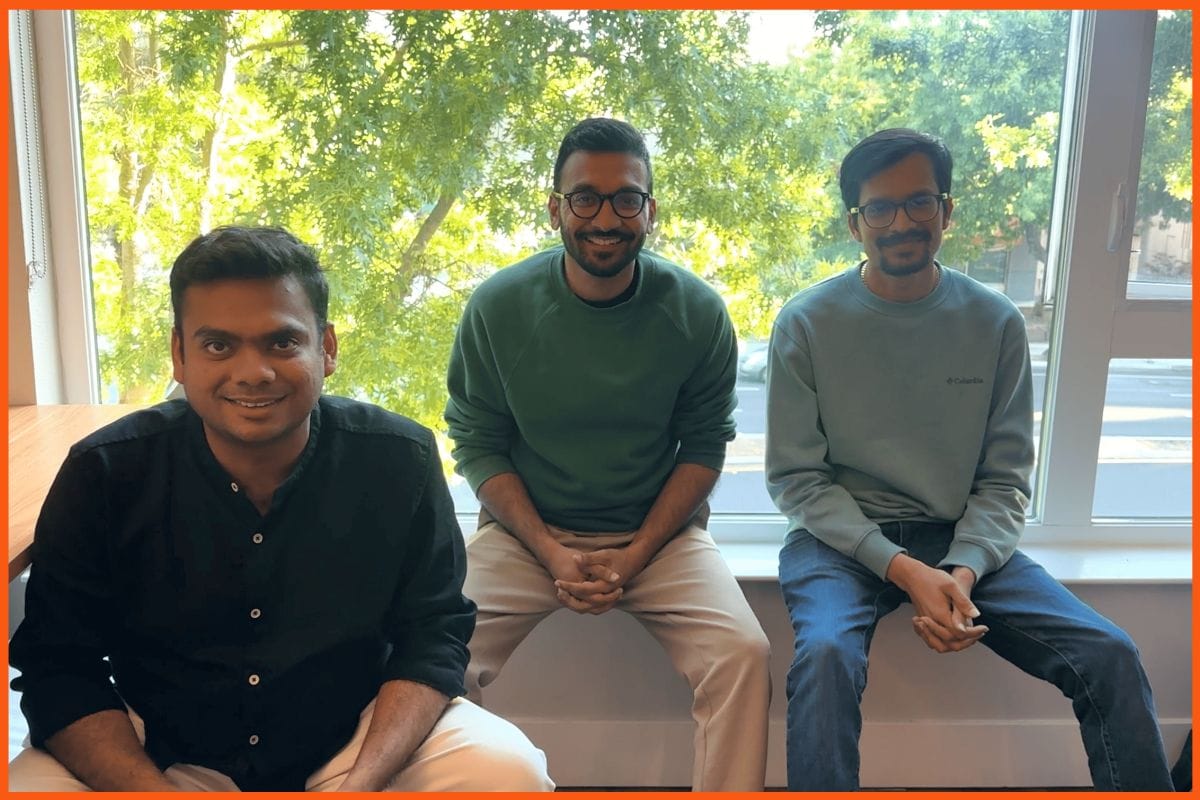Business Model of Zara: The Fast Fashion Retail Leader
🔍Insights
Zara is a Spanish fashion retailer with headquarters in Arteixo, Galicia. Apparel, jewelry, footwear, swimsuits, grooming, and fragrances are among the company's products, which include fast fashion. It is the biggest business in the Inditex group, which is the largest garment retailer on the planet. Zara is one of the most popular retail clothing brands in the world, if not the most popular. It strives to foster a sustainable enthusiasm for fashion across a broad range of customers, distributed across many regions and different ages, with its stunning debut of the notion of "quick fashion" shopping since its founding in 1975 in Spain.
Zara - History
Zara - Products
Zara - Business Model
Conclusion
FAQs
Zara - History

Amancio Ortega and Rosalia Mera launched Zara, the world's most famous fashion retail firm, in 1975 in Spain with a capital of 30 Euros. They intended to call their store Zorba after the movie Zorba, but there was also a pub with that name on the same street. As a result, they chose Zara because having two Zobra within the same neighborhood would only create confusion. Zara used to sell low-cost knockoffs of famous, high-end apparel and style in the beginning.

Zara's strategy for fashion and operating model gained popularity with Spanish customers during the next eight years. As a result, nine additional outlets have opened in Spain's major cities.
Inditex was founded in 1985 as a trading corporation, laying the groundwork for a supply system responding fast to changing market trends. Ortega coined the term "instant fashion" to describe a revolutionary design, manufacturing, and distribution approach that could shorten lead times and respond to new styles more quickly. This was fueled by significant expenditures on computer technology and the use of organizations rather than solo artists for the essential "design" component.

Zara - Products
- Men’s Clothing
- Women’s Clothing
- Children’s Clothing (Zara Kids)
- Accessories
Zara - Business Model

Zara's business strategy is precisely designed, effectively incorporating all of the aspects that leads to the improvement of this global undertaking. There really is no single commercial operation that is directly liable for this company’s success. Joint venture, growth strategy, efficient supply chain management, and other unconventional actions and ideas all contribute to the growth of this kind.
The firm is known for its expertise in promptly providing fresh merchandise to stores. Zara uses a tight program in order to accomplish this. Supervisors buy goods twice per week at specified times, and fresh clothes come twice a week on schedule. Zara's success is built on this ethic.
Fast Fashion is one of Zara's main concepts. The concept of a fast manner is comparable to that of FMCG (Fast-moving Consumer Goods). Fast fashion is typically employed to appeal to a younger and middle-aged demographic. This type of clothing does not go out of trend; rather, it runs out of stock. The quick fashion cycle is basic to comprehend. A young individual purchases a simple set of clothes that can be used 6-8 times before the material begins to fray. It causes the person to buy new clothes, which leads them back to that place, and the cycle repeats. The foregoing are some of the primary strategies of Zara:-
1. Vertical Integration is the key
Vertical integration is a value or supply chain control method in which a corporation owns or manages its manufacturers, resellers, or store outlets. Industry profits from vertical integration because it allows them to regulate operations, cut costs, and enhance efficiencies. Vertical integration, on the other hand, has drawbacks, such as the considerable financial expenditure necessary.
Zara's vertically integrated supply chain allows it to maintain direct oversight while also providing speed and flexibility to their clients. Zara employs cutting-edge techniques to ensure that they can quickly bring new concepts to market that are exactly what clients want, whenever they want it.
2. Centralization
Zara has a profound, consistent, and swift pace that revolves around quick shop delivery. Every Zara store places two orders per week on particular days. Carriers depart at precise times, and supplies reach at particular times in shops. When clothes arrive at their destination, they are already labelled and priced, making them ready to sell right away.
Because of this well-established pattern, every employee in the production process – from design through sourcing, manufacturing, transportation, and retail – is aware of the timing and how their actions affect other departments. This applies perfectly to Zara buyers, who exactly know when to go shopping for brand new clothes.
Zara's dependence on centralized order fulfilment allows businesses to run extremely efficient operations, from early strategy to execution to shops. Further illustration as to why continuous improvement and supply chain management are crucial to revenue and scalability is the business's strategy.
3. Inventory management
Zara can supply more frequently and in limited volumes during the season because of the fast turnover from manufacturing plants adjacent to its marketing headquarters in Spain. If Zara's swiftly created style in an effort to follow the current fashion fails to sell successfully, there is little harm done. Because the amount is low, there aren't a lot of unsold copies to get rid of. And, since this failed experiment was short-lived, there may still be time to attempt another style, and then another.

Conclusion
Zara prides itself on remaining on top of the latest trends and radiating an upscale vibe, but its production process is the real show-stealer. These industry-leading procedures elevate it from a mere clothing store to a market leader in fast fashion executed well. Zara excels at guaranteeing that everything goes as planned, as it has more control over its production and business network than most of its competitors. Zara's main strategy is to diversify through various vertical integrations in order to develop.
FAQs
Where does Zara get their clothes made?
Zara manufactures its most fashionable items in Spain, Portugal and Turkey.
Where is the biggest Zara store in the world?
The biggest Zara store is in Madrid, Spain.
What is Zara most famous for?
It is most famous for its Fast Fashion.
Who are the founders of Zara?
Amancio Ortega and Rosalia Mera are the founders of Zara.
Must have tools for startups - Recommended by StartupTalky
- Convert Visitors into Leads- SeizeLead
- Website Builder SquareSpace
- Manage your business Smoothly Google Business Suite






